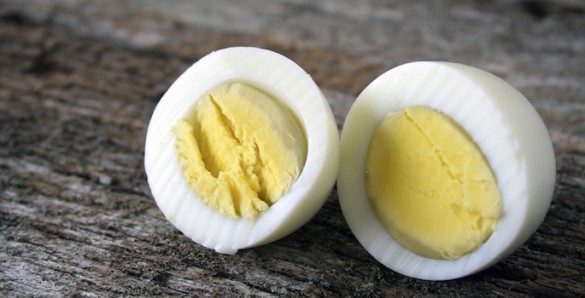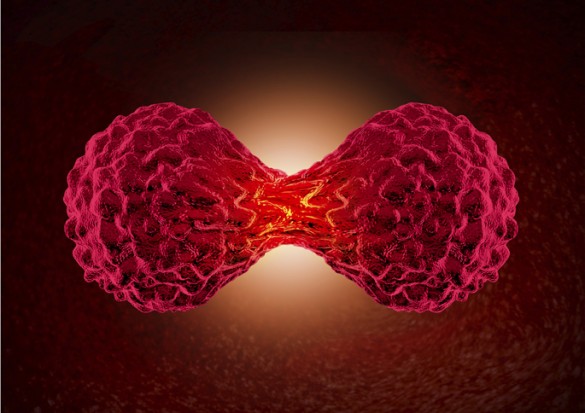In the final step of cell division, cytokinesis, one cell becomes two. Without complete separation, abnormal cells can accumulate and set the stage for tumor formation.
One of the main controllers of cytokinesis is the protein Cdc15, which localizes to the dividing cell membrane — linking it to the cytokinetic ring, the constricting machinery that squeezes daughter cell membranes together for separation. However, during the resting stage between cell divisions, Cdc15 is purely cytoplasmic.
Kathy Gould, PhD, and colleagues discovered that Cdc15 is sent to the cytoplasm after the addition of phosphate groups changes the shape of Cdc15, making it harder to attach to the membrane. This idea was supported by observations in cells, where Cdc15 retained a dimeric, soluble form within the cytoplasm. Upon phosphate removal, however, Cdc15 condensed into droplets, acting like oil in water. The findings, reported in eLife, suggest that Cdc15 can then recruit and fuse with other contractile ring proteins at the cell membrane, priming the machinery for cell division.
Co-authors included researchers at Lehigh University and, from Vanderbilt University School of Medicine, Rahul Bhattacharje, PhD, MariaSanta Mangione, MD, PhD, Maya Igarashi, Rachel Roberts-Galbraith, PhD, and Jun-Song Chen, PhD.
The research was supported by the National Science Foundation and the National Institutes of Health (grants GM136372, GM131799, GM119252, GM007347).















